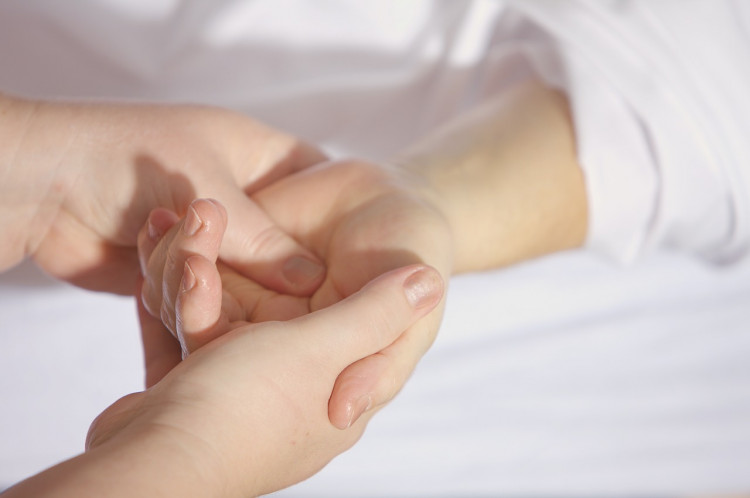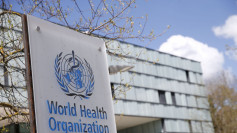Becoming a new mother can be difficult sometimes, particularly for the body. Sometimes, they feel common aches but tend to ignore it, and they don't seek for medical help.
After Ku-Ku Cheung's son was born, she started to feel pain on her left thumb, and it sharpens every time she scooped up her newborn and cupped his neck. The ache then started to creep up to her wrist.
The pain began to accumulate on her back and shoulder, so she decided to consult two traditional Chinese medicine practitioners - including a bonesetter. The bonesetter worked on her back and pulled and tugged at her wrist. She got Chinese medicinal herbs to apply on the affected areas and was instructed to leave them on for eight hours at a time.
However, she couldn't breastfeed her son during those times, so she decided to stop seeing the practitioners. She just resorted to carrying her son less frequently, and then breastfeed him while he lay on her bed. Although the backache subsided, the pain on her wrist persisted.
According to Dr. Josephine Ip Wing-yuk, an associate professor and honorary consultant at the University of Hong Kong's department of orthopedics and traumatology at Queen Mary Hospital, these aches are common among new mothers. Ip is a hand and upper limbs specialist, she said that Cheung's problem is the result of overusing certain parts of the body through repetitive motions.
There are two major muscles involved when carrying an infant: the extensor pollicis brevis and the abductor pollicis longus, as per the South China Morning Post. When these two have been overused, the tendons of these muscles usually become inflamed, which resulted in pain in the wrist and lower thumb - known as De Quervain's tenosynovitis.
Carpal tunnel syndrome is another ailment wherein the median nerve, which is one of the major nerves of the hand, is compressed as it extends through the wrist. This is likely the result of repetitive finger motions or flexing of the wrist. The symptoms include a tingling sensation in the hand, pain, and numbness of fingers.
Ip explains mothers are particularly prone to such injuries as hormonal shifts in pregnancy mean they retain more fluid in the body. The condition usually remains even after delivery, which makes them susceptible to tissue swelling and inflammation. But, after around six months of post-delivery, the symptoms will improve since the mothers' hormonal levels revert to pre-pregnancy levels.
How To Avoid These Injuries
According to Ip, the best solution in such problems is to reduce repetitive lifting by getting others to share responsibilities that involve lifting the child. Mothers were advised to avoid unnecessary child-lifting, like putting the baby in a cot or cradle to sleep after feeding instead of letting the baby sleep on their body. Mothers should also do some stretching routines and massage vulnerable areas to relax the soft tissues.
Ip also suggests using a resting splint when symptoms became severe, keeping the hand in a functional position and gives overused muscles and tendons a break. Another way is using the larger muscles of the upper body (known as "proximal muscles") when carrying the baby to ease the load on smaller muscles and tendons.
Mothers who have shoulder pain could be due to poor posture or overworked muscles in one side of the upper body, Ip said. The good way to avoid this is to balance things out by alternating which side is used. The shoulder areas should also be involved when doing stretching exercises, keep the back straight, and then stretch the upper limbs forward to stretch the tendons.
But, if stretching and regular rest won't work, physiotherapy could be an effective way to alleviate the pain through different treatments such as ultrasound therapy.
Still, prevention is better than cure. Ip said women should do regular exercise before delivery to make sure their body stays strong and better prepared for the physical challenges ahead. Good sleep and nutrition are also important in maintaining physical health.






